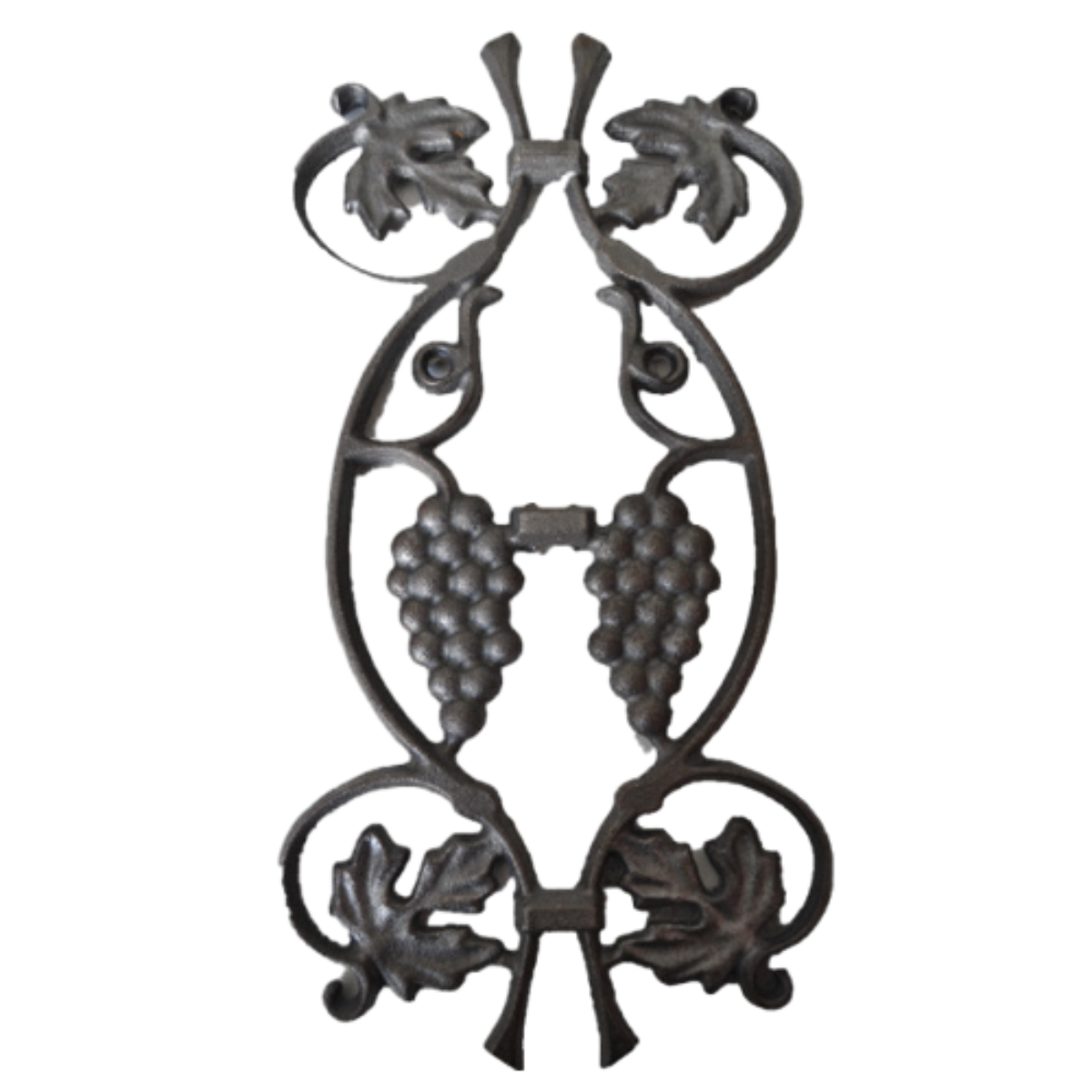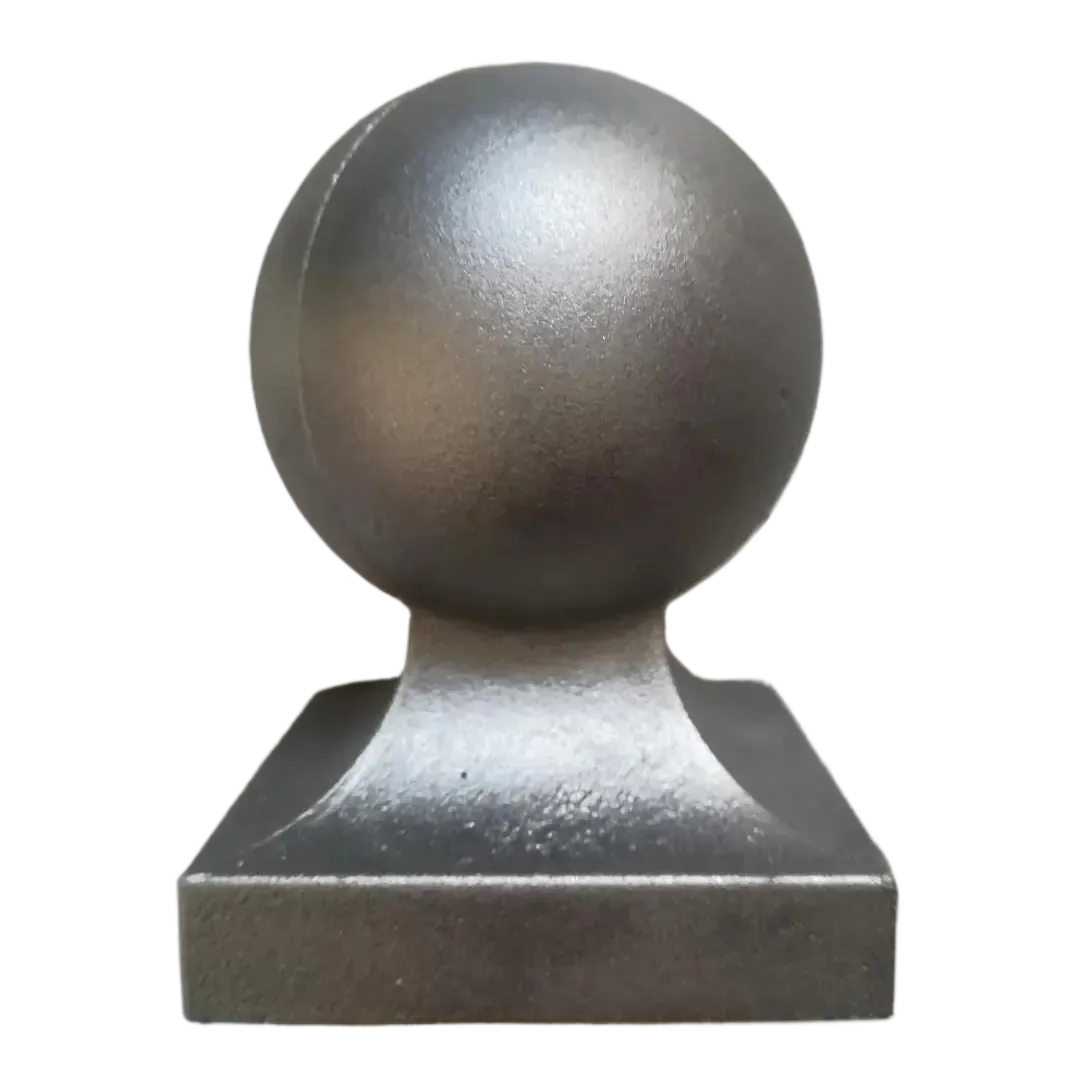Jan . 24, 2025 05:13
Back to list
Sliding Door Rollers
For homeowners, maintaining sliding doors often means dealing with the inconvenience of worn-out rollers. Replacing these rollers is not just a structural necessity but a measure that can enhance the overall efficiency of your doors, contributing to both energy savings and improved accessibility. Below, we delve into the process of replacing rollers on sliding doors—a task that marries expertise with practicality.
With the door removed, the roller replacement begins. Lay the door gently on a pair of sawhorses or a padded surface to avoid damage. Remove the damaged rollers, which are usually fastened to the door with screws. Once detached, examine and clean the roller housing area to remove any accumulated debris or dust that may affect the new rollers' performance. Installing the new rollers requires precision. Slide the new rollers into place and secure them with screws, making sure they are snug but not excessively tight, which can impede movement. After attachment, check the adjustment screw and pre-set the rollers to a slightly raised position; this adjustment will help with reinstallation. Reinstalling the door is a reversal of the removal process. Begin by positioning the top edge of the door into the upper track. With careful maneuvering, align the bottom rollers with the lower track. Lower the door gently, ensuring all components fit snugly into their respective grooves. Test the sliding motion; any resistance might require readjusting the roller height using the adjustment screw. Once satisfied with the operation of the door, conduct a final inspection to ensure longevity. Regular maintenance can help prolong the life of the rollers, safeguarding your investment. Clean the track regularly and apply a silicone-based lubricant to keep the movement fluid and friction-free. By replacing the rollers on your sliding door, you not only extend the life of the door but also contribute to a seamless architectural experience within your home. This task may seem daunting at first, but with the right resources and steps, it can be accomplished efficiently, maintaining your door’s functionality and aesthetic appeal for years to come.


With the door removed, the roller replacement begins. Lay the door gently on a pair of sawhorses or a padded surface to avoid damage. Remove the damaged rollers, which are usually fastened to the door with screws. Once detached, examine and clean the roller housing area to remove any accumulated debris or dust that may affect the new rollers' performance. Installing the new rollers requires precision. Slide the new rollers into place and secure them with screws, making sure they are snug but not excessively tight, which can impede movement. After attachment, check the adjustment screw and pre-set the rollers to a slightly raised position; this adjustment will help with reinstallation. Reinstalling the door is a reversal of the removal process. Begin by positioning the top edge of the door into the upper track. With careful maneuvering, align the bottom rollers with the lower track. Lower the door gently, ensuring all components fit snugly into their respective grooves. Test the sliding motion; any resistance might require readjusting the roller height using the adjustment screw. Once satisfied with the operation of the door, conduct a final inspection to ensure longevity. Regular maintenance can help prolong the life of the rollers, safeguarding your investment. Clean the track regularly and apply a silicone-based lubricant to keep the movement fluid and friction-free. By replacing the rollers on your sliding door, you not only extend the life of the door but also contribute to a seamless architectural experience within your home. This task may seem daunting at first, but with the right resources and steps, it can be accomplished efficiently, maintaining your door’s functionality and aesthetic appeal for years to come.
Prev:
Next:
Latest news
-
Wrought Iron Components: Timeless Elegance and Structural StrengthNewsJul.28,2025
-
Window Hardware Essentials: Rollers, Handles, and Locking SolutionsNewsJul.28,2025
-
Small Agricultural Processing Machines: Corn Threshers, Cassava Chippers, Grain Peelers & Chaff CuttersNewsJul.28,2025
-
Sliding Rollers: Smooth, Silent, and Built to LastNewsJul.28,2025
-
Cast Iron Stoves: Timeless Heating with Modern EfficiencyNewsJul.28,2025
-
Cast Iron Pipe and Fitting: Durable, Fire-Resistant Solutions for Plumbing and DrainageNewsJul.28,2025
-
 Wrought Iron Components: Timeless Elegance and Structural StrengthJul-28-2025Wrought Iron Components: Timeless Elegance and Structural Strength
Wrought Iron Components: Timeless Elegance and Structural StrengthJul-28-2025Wrought Iron Components: Timeless Elegance and Structural Strength -
 Window Hardware Essentials: Rollers, Handles, and Locking SolutionsJul-28-2025Window Hardware Essentials: Rollers, Handles, and Locking Solutions
Window Hardware Essentials: Rollers, Handles, and Locking SolutionsJul-28-2025Window Hardware Essentials: Rollers, Handles, and Locking Solutions -
 Small Agricultural Processing Machines: Corn Threshers, Cassava Chippers, Grain Peelers & Chaff CuttersJul-28-2025Small Agricultural Processing Machines: Corn Threshers, Cassava Chippers, Grain Peelers & Chaff Cutters
Small Agricultural Processing Machines: Corn Threshers, Cassava Chippers, Grain Peelers & Chaff CuttersJul-28-2025Small Agricultural Processing Machines: Corn Threshers, Cassava Chippers, Grain Peelers & Chaff Cutters












